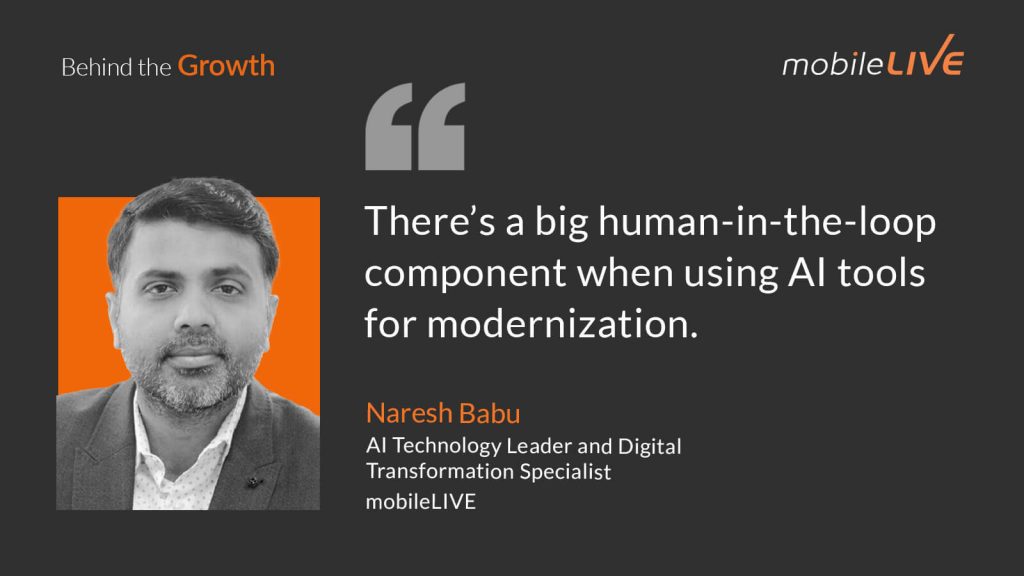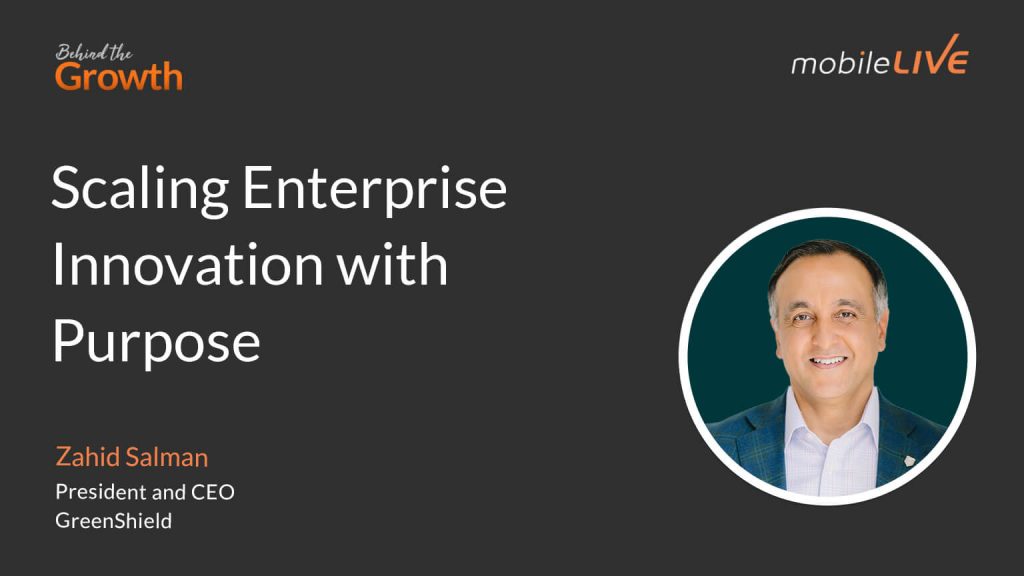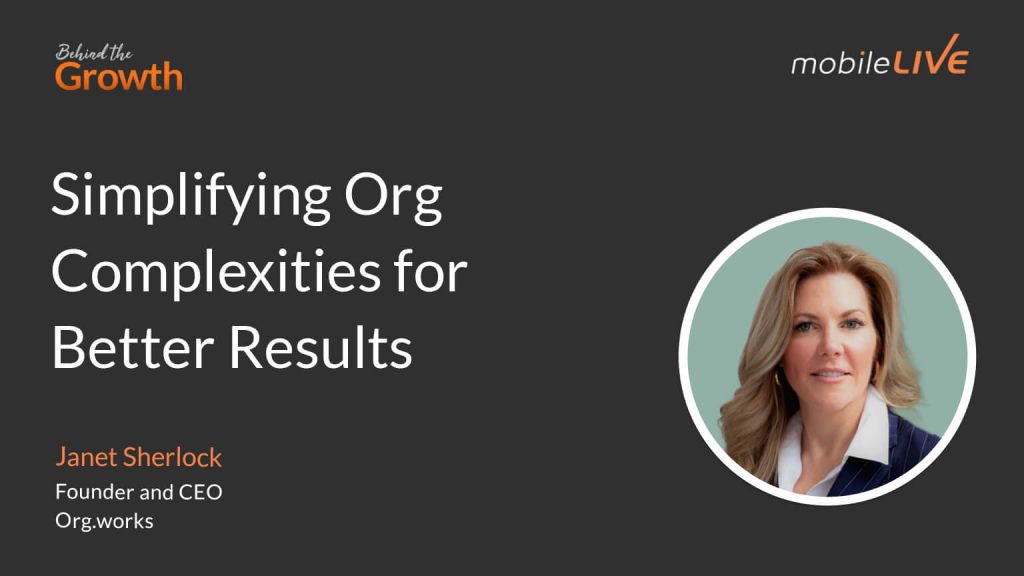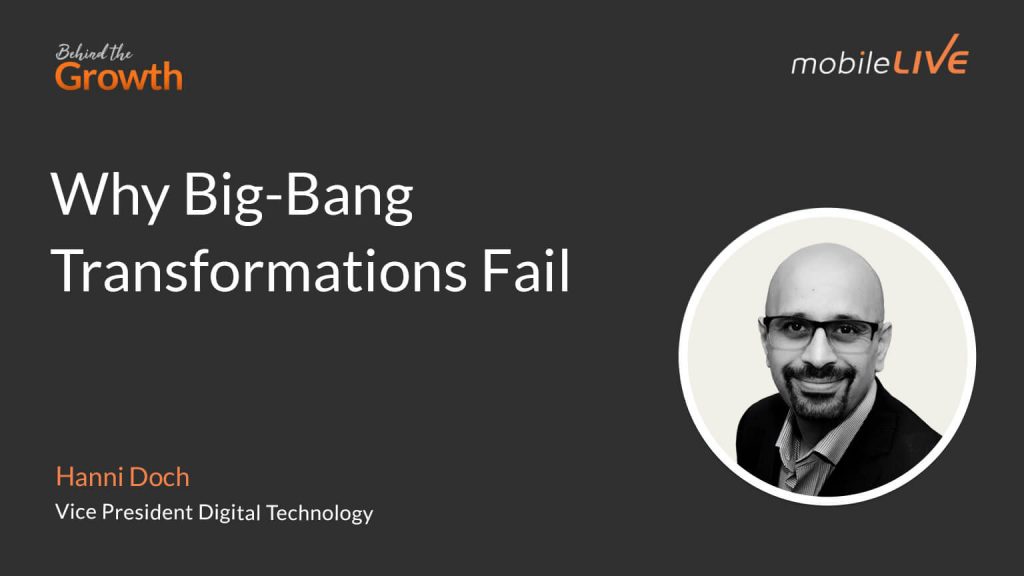Key Insights
Customer expectations, not competitors, should drive modernization priorities
Enterprise leaders often compare their technology to other players in their industry, but this mindset limits progress. Banks and legacy organizations need to shift perspective: customers now expect seamless, instant experiences shaped by leading digital platforms, not by the capabilities of other banks. This gap between expectation and delivery is a core driver for modernization, and failure to address it risks customer frustration and churn. Naresh underscores the importance of benchmarking against global digital leaders (like e-commerce and streaming platforms) when defining modernization roadmaps, which requires challenging organizational inertia and designing technology strategies that deliver high-performing, resilient customer journeys, not just incremental upgrades within industry norms.
Incremental upgrades often create hidden costs and technical debt
Modernization strategies frequently lean on incremental updates to reduce risk. However, this approach can trap organizations in perpetual transformation cycles that stretch over years, consuming resources and creating overlapping systems. During this phase, enterprises often run legacy and modern systems side by side, requiring dual skillsets and increasing operational overhead. This hybrid environment can also introduce integration challenges and technical debt, further complicating future transformation efforts. Naresh highlights the need to evaluate whether incrementalism aligns with business goals and risk appetite, or whether a bolder, “big bang” approach could deliver cleaner, faster outcomes for certain lines of business.
Satellite systems around legacy cores are a dangerous stopgap
To shield customer-facing platforms from the constraints of aging core systems, many organizations build satellite applications as a quick workaround. While this may deliver short-term relief, such architectures lead to long-term complexity. Over time, these satellite systems require their own support layers, further entrenching dependency on legacy cores and eroding institutional knowledge about the original systems. This creates a “black box” effect where even minor changes or troubleshooting become nearly impossible. Naresh posits that rather than patching over core weaknesses, prioritizing core modernization, whether through incremental steps or targeted re-platforming, ensures resilience and positions the organization for scalability and innovation.

Episode Highlights
The Pressure of Overnight System Failures
Naresh reflects on his early career as a COBOL developer, where he managed critical claim processing systems for an insurance company. A single failure meant thousands of people losing access to medical care overnight, underscoring the real-world impact of technical resilience.
“It becomes really hard for so many people and really fast, right? And it can be life threatening as well.”
Why Banks Must Rethink Their Benchmarks
Naresh challenges banks to stop comparing their digital experiences to those of other banks. Instead, he argues they should match the speed and usability of top-tier global apps that shape customer expectations every day.
“Banks have to move away from comparing themselves with other banking apps and they need to be comparing with the market leading applications that are out there.”
The Risk of Long Transformation Timelines
Incremental modernization often creates hidden risks. Naresh points out that running legacy and modern systems side by side can stretch teams thin, increase costs, and make organizations feel like they’re stuck in transformation forever.
“It feels like you are in a transformation journey for the last five years.”
The Danger of Building Satellite Systems
To avoid touching legacy cores, some organizations build satellite systems around them. Naresh warns this strategy leads to technical complexity and erodes institutional knowledge, turning core systems into unmanageable black boxes.
“Your core system is going to become a black box where… any big change or anything that goes wrong, it’s going to be really, really impossible.”







